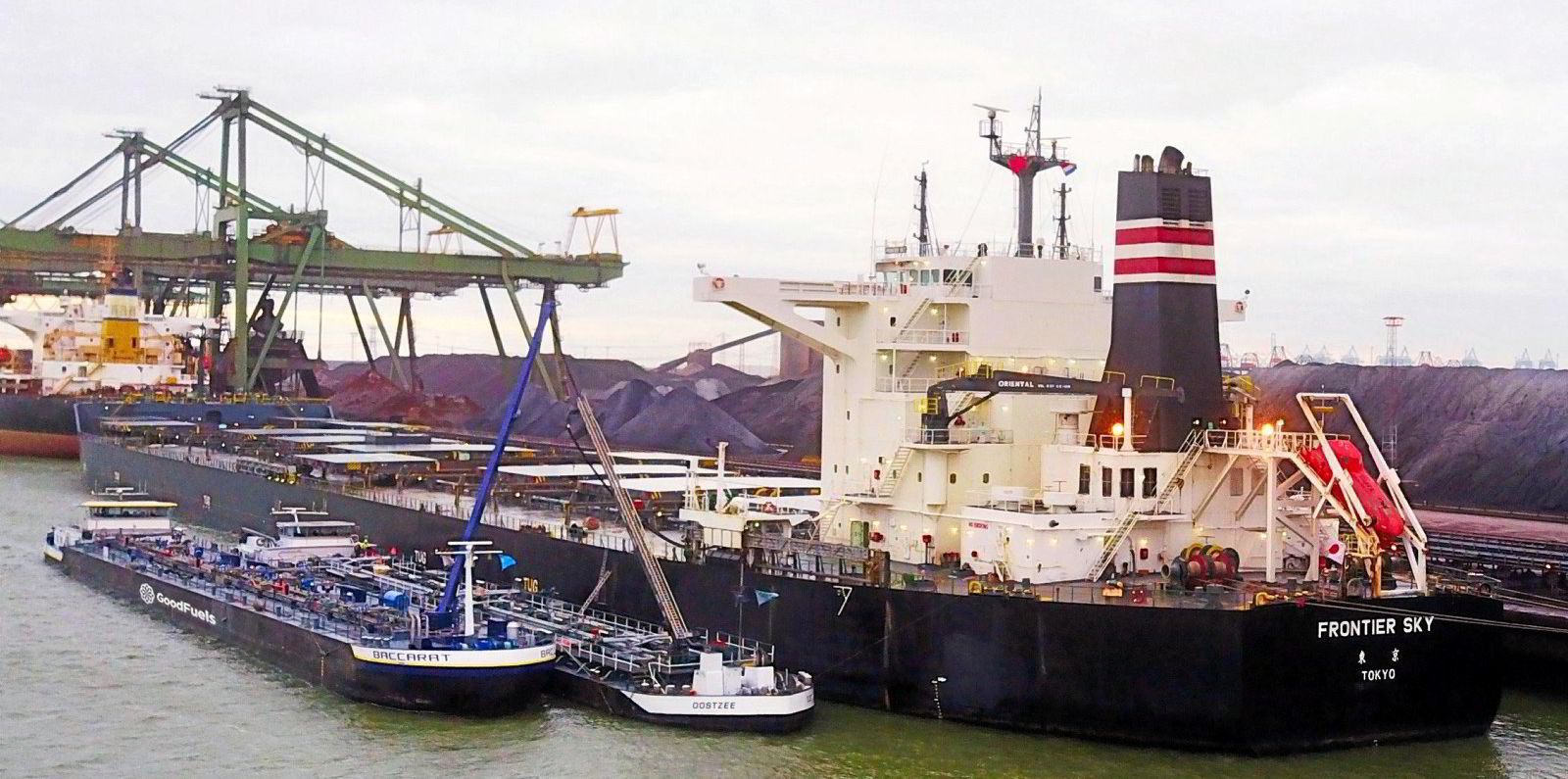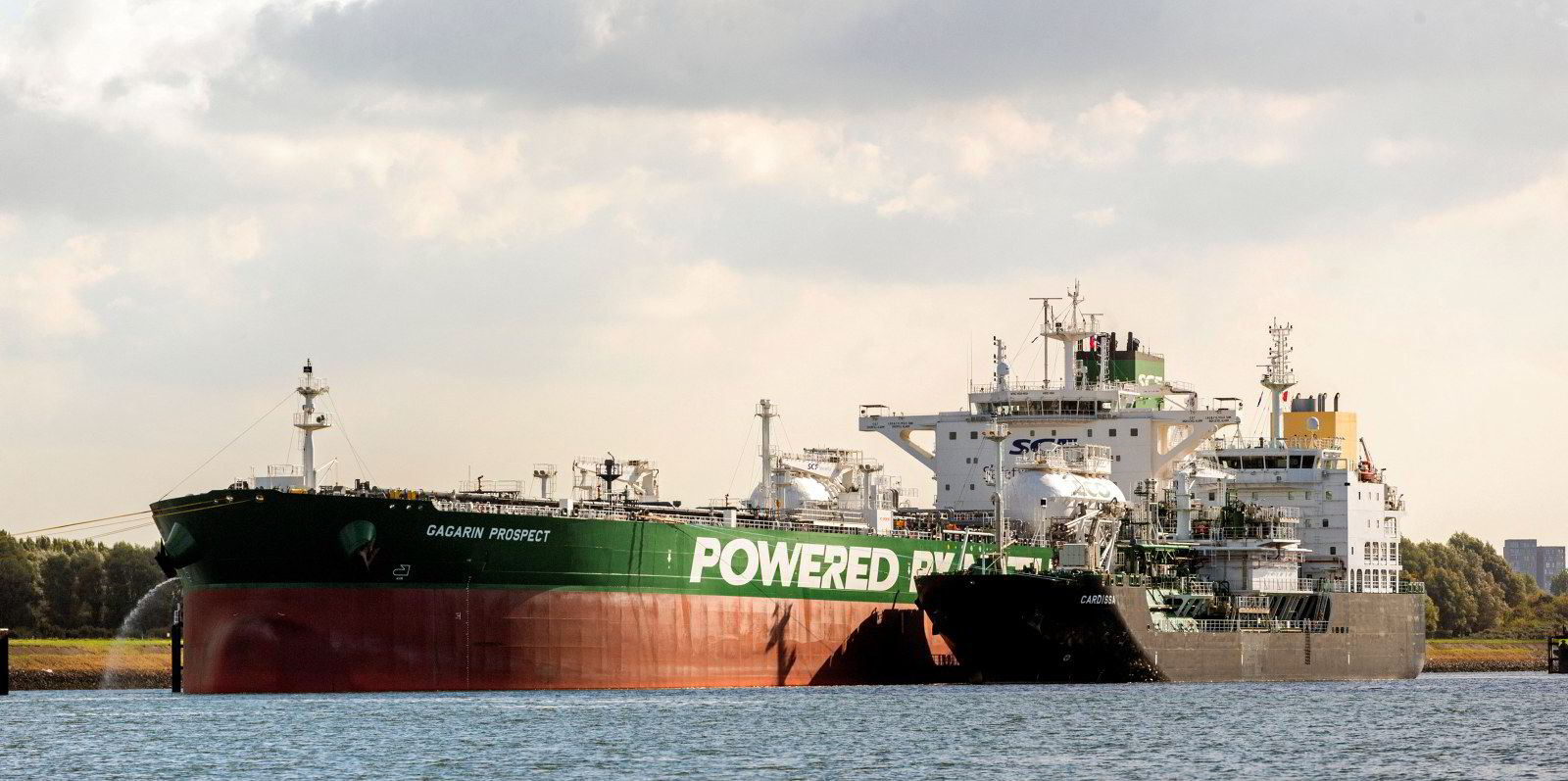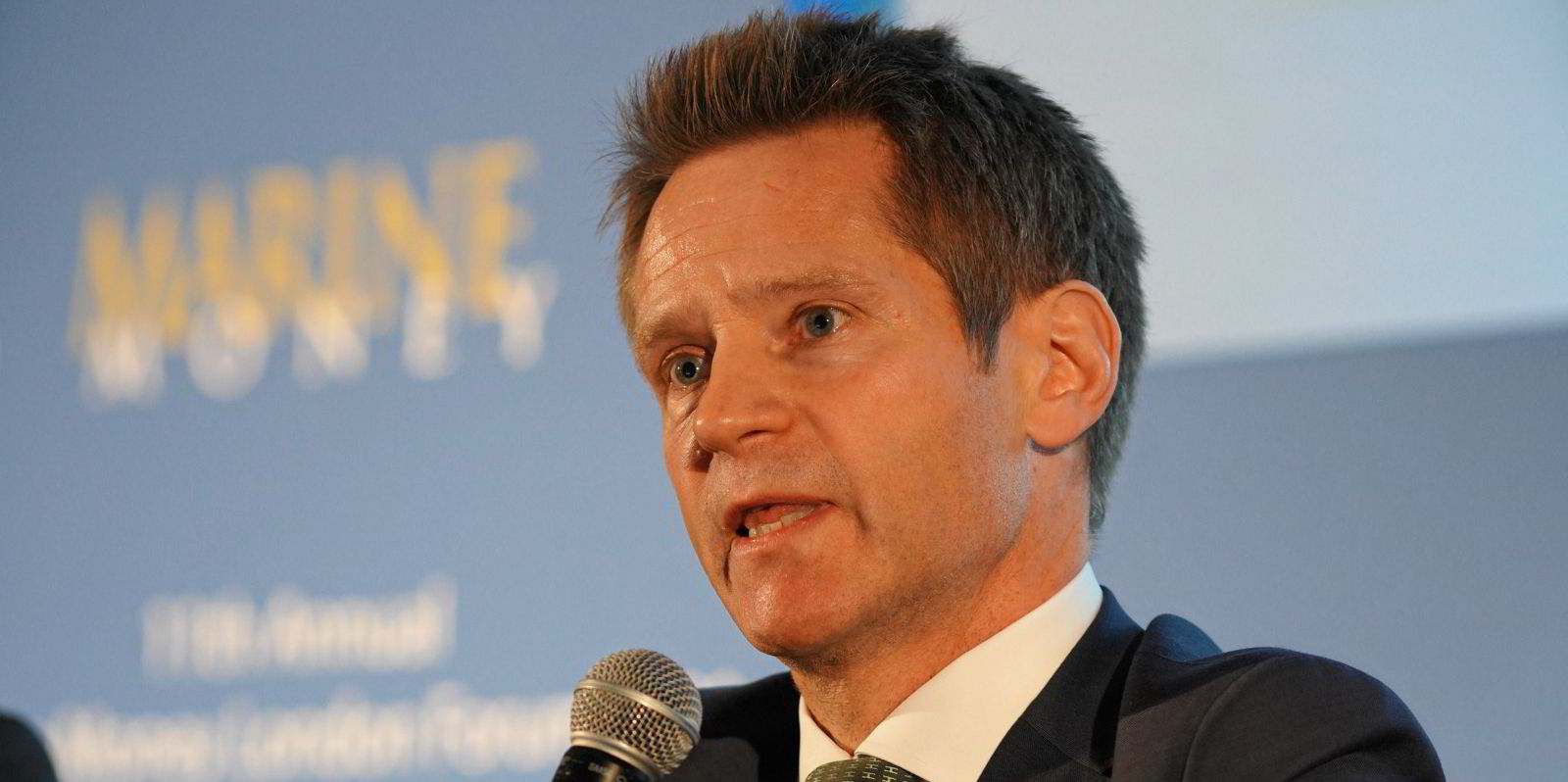Bunker costs have risen to their highest in more than a year — and that is even before shipowners begin to pay for their greenhouse gas emissions in European waters.
Ship & Bunker, a business intelligence provider, assessed the price of very low-sulphur fuel oil (VLSFO) in Rotterdam at nearly $491 per tonne on Wednesday. That is up 70.6% since November last year and the highest since January 2020.
The development came as Brent crude futures rose to a 13-month high of $67 per barrel amid Opec+ supply cuts and the roll-out of vaccination programmes.
“The rise of the price was mostly due to the increase in crude oil price,” Nicolas Ganas, a business development manager for oil markets at pricing agency Argus Media, said. “Not so much driven by higher demand.”
In a webinar held by the pricing agency on Thursday, Ganas warned that shipowners might need to pay for CO2 emissions in European waters within a year.
The European Union is drafting up regulations that will likely require vessel operators to buy emission allowances for their voyages to, from or between European ports, which could take effect as early as 2022.
“At the current prices [of allowances], shipowners will have to pay about 30% extra for marine fuel,” Ganas said.
But the all-in costs have remained significantly lower than ammonia prices, suggesting that the EU rules alone would not be sufficient in triggering large investments in low-carbon fuel infrastructure.
Argus data showed the combined prices of VLSFO and CO2 emissions amounted to $532 per tonne as of 29 January, compared with $737 per tonne for grey ammonia produced from fossil fuels.
Ganas said staying with oil-based fuels would still be the cheapest option for shipowners.
“By the way, grey ammonia is a third cheaper than green ammonia [produced from renewable energy],” he said.
Long live HSFO
On a global basis, the premium of VLSFO to high-sulphur fuel oil (HSFO) has been widening in recent months.
Ship & Bunker estimated the average VLSFO price in 20 main bunkering hubs across the globe to be almost $520 per tonne on Wednesday, up from $319 in early November.
The price for HSFO, which can only be consumed by scrubber-fitted ships, increased by $125 to $399 per tonne in the same period.
“The spread is clearly trending in the right direction for the manufacturers of scrubbers and for shipowners that have already invested in scrubbers,” Ganas said.

Stefka Wechsler, Argus’ marine fuels analyst, observed rising demand for HSFO this year with the growing scrubber-fitted fleet.
A total of 3,858 ships totalling 44m dwt are installed with scrubbers as of this month, versus 2,273 vessels with 250m dwt in February 2020, according to Clarksons Research.
Wechsler said HSFO still accounted for about 20% of last year’s bunker sales in Singapore and Rotterdam — two of the world’s three largest refuelling ports.
She added that bunker suppliers are also offering more HSFO in Houston and Panama recently, due to better profit margins.
“High-sulphur fuel oil is not dead yet,” Wechsler said. “It's still kicking.”






